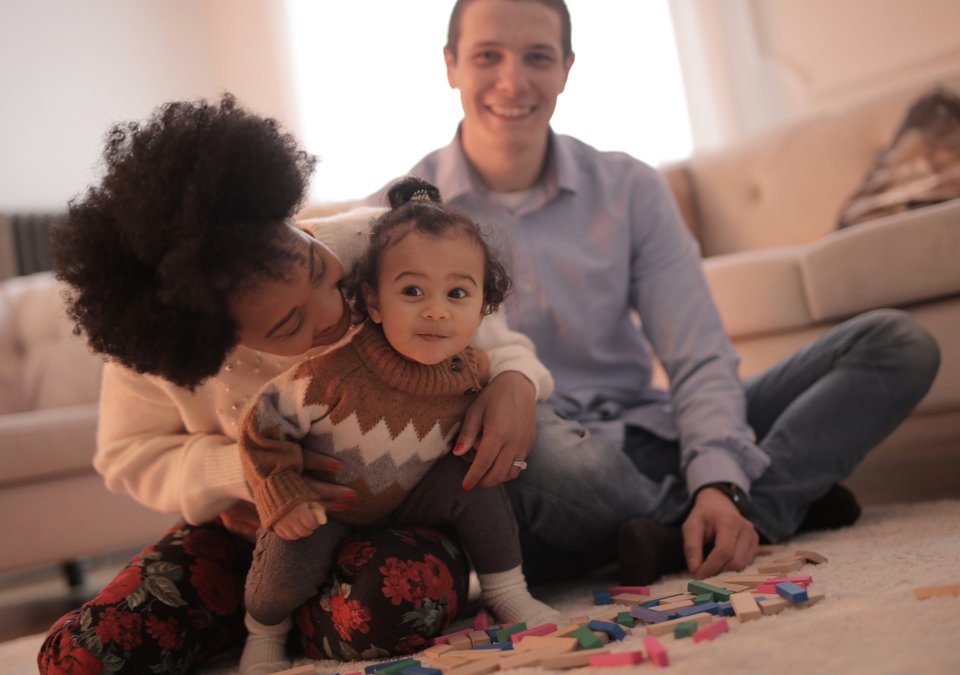Why have direct contact?
Before we consider the different types of direct contact arrangements, we will take a quick look at the reasons to have direct contact.
Direct contact is often what parents prefer to have with their children and is normally what will be in the best interests of a child. It is the basis of a natural relationship where a parent and child see each other face to face and spend time together. If the contact is of a good quality, it allows attachment to build between a child and parent and will promote the child’s wellbeing.
The quality of contact is not about what activities are undertaken, but more about the bond and connection between the parent and child. For example, if there is a young toddler, a higher quality contact may involve the parent engaging with the child by interacting at their level and getting onto the floor to play games. A lower quality contact may involve the parent being present in the same room as a child, but not engaging with a child for example by being on their phone.
If the time together is not high quality, it is still likely to be beneficial to a child provided there are no safeguarding concerns that would place the child at risk.





